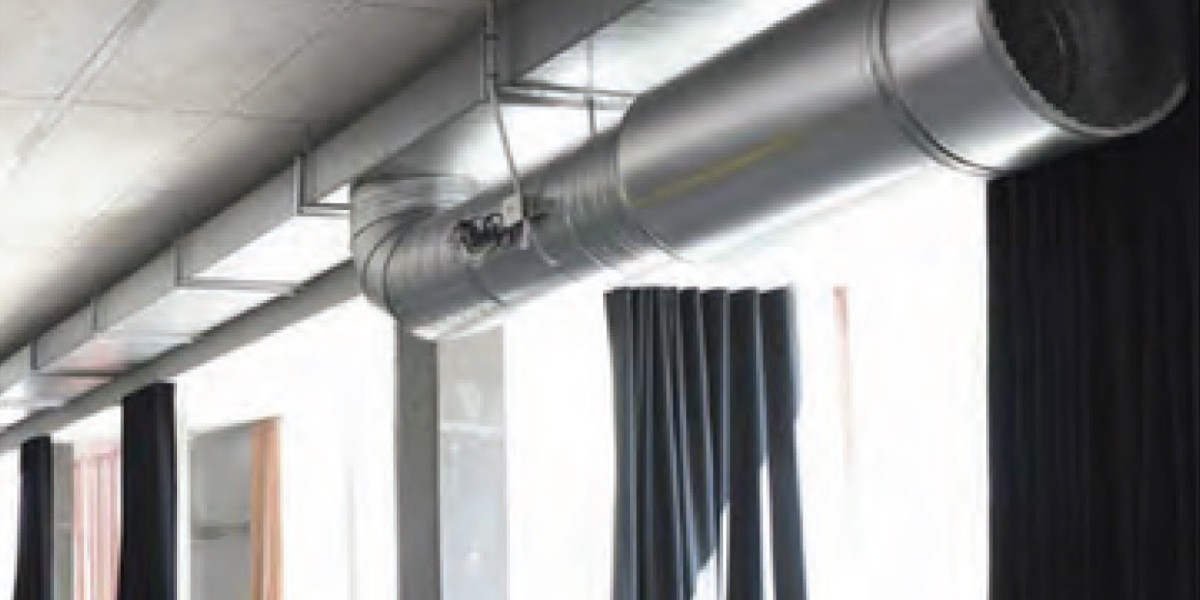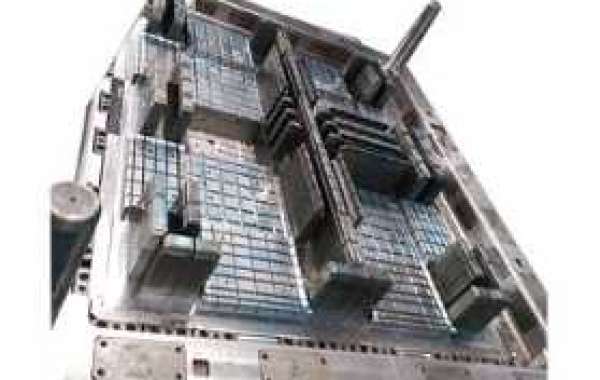Designing and installing rectangular ducting systems in HVAC (Heating, Ventilation, and Air Conditioning) applications involves several critical considerations to ensure efficiency, effectiveness, and cost-efficiency. Rectangular ducts are one of the most common shapes used in HVAC systems, alongside circular and oval ducts. Here's an in-depth look at the key considerations for rectangular ducting and how they compare to other duct shapes:
1. Space and Layout Constraints
Rectangular ducts are often chosen for their ability to fit into spaces with height or width constraints. Unlike circular ducts, which require more clearance due to their shape, rectangular ducts can be designed to fit into narrow spaces, such as above ceilings or within wall cavities. This makes them particularly suitable for retrofitting older buildings where space is limited.
2. Airflow and Efficiency
One of the primary considerations in duct design is ensuring efficient airflow with minimal pressure drop. Rectangular ducts can be less efficient than circular ducts because the corners in a rectangular shape create turbulence, which increases friction loss. To mitigate this, designers often use larger duct sizes to reduce air velocity, which can help maintain efficiency. Additionally, proper design of transitions and fittings, such as turning vanes in elbows, can help streamline airflow and reduce turbulence.
3. Material and Construction
Rectangular ducts are typically made from galvanized steel, aluminum, or sometimes fiberglass. The choice of material affects the duct's durability, weight, and cost. Galvanized steel is commonly used for its strength and resistance to corrosion, but it is heavier than aluminum. Fiberglass ducts provide excellent thermal and acoustic insulation but are less durable and more prone to damage.
4. Installation and Maintenance
Installation of rectangular ducts can be more complex than circular ducts due to their shape and size. They require careful sealing at the joints to prevent air leakage, which can significantly affect the system's efficiency. Maintenance is also a consideration; rectangular ducts, with their flat surfaces, are easier to clean than circular ducts, which can be harder to access and clean thoroughly.
5. Cost Considerations
Cost is a major factor in the choice of duct shape. Rectangular ducts can be more expensive to fabricate and install compared to circular ducts due to the need for additional materials and labor. However, in many cases, their ability to fit into existing building layouts can offset these costs by avoiding the need for extensive modifications to the structure.
6. Acoustic Performance
Rectangular ducts can be noisier than circular ducts due to the turbulence created by their shape. This noise can be mitigated by using sound-absorbing materials inside the ducts or by adding external insulation. In environments where noise reduction is critical, such as in office buildings or residential settings, these additional measures can be important.
7. Thermal Performance
Thermal losses in duct systems are a concern for energy efficiency. Rectangular ducts, with their larger surface area, can lose more heat than circular ducts. To counter this, insulation is often applied to the exterior of rectangular ducts. This is particularly important in unconditioned spaces, such as attics or basements, where temperature differences can be significant.
Comparison with Other Duct Shapes
Circular Ducts: Circular ducts are generally more efficient in terms of airflow and pressure loss. They are easier to seal, which reduces the risk of leaks. However, they require more space and are less adaptable to tight spaces compared to rectangular ducts.
Oval Ducts: Oval ducts offer a compromise between the space-saving advantages of rectangular ducts and the efficiency of circular ducts. They are easier to fit into constrained spaces while maintaining better airflow characteristics than rectangular ducts.
Conclusion
Rectangular ducting systems are a popular choice in HVAC applications due to their adaptability to space constraints and ease of installation in existing structures. However, their design requires careful consideration of factors such as airflow efficiency, material choice, and thermal and acoustic performance. While they may have higher initial costs and complexity compared to circular ducts, their advantages in specific applications often justify their use. By addressing these considerations, engineers can ensure that rectangular duct systems provide reliable and efficient air distribution in a variety of building types.










